Renault is adopting the neo-retro approach for its latest urban vehicle and is resurrecting a iconic title. The "R5" serves as an excellent tribute to the model I remember from my youth. However, this time around, it’s all-electric... Time to put it through our tests!
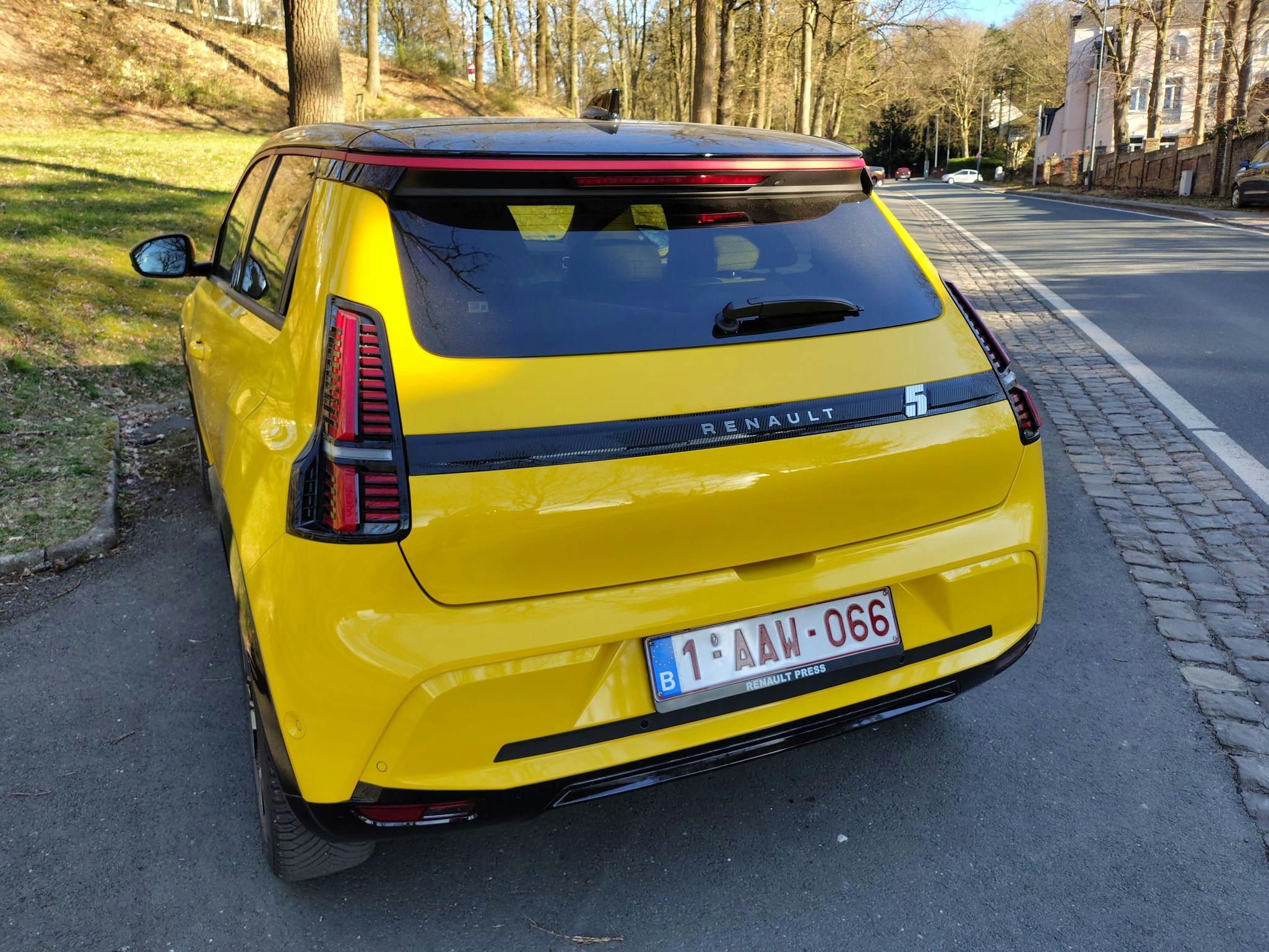
Creating something fresh with either overt or discreet nods to history has become the latest motto for certain manufacturers. Renault has joined their ranks. To put it plainly, when it comes to the Renault 5, they’ve hit the mark here. Before my eyes sits a contemporary yellow vehicle; nonetheless, it inevitably evokes memories of the classic R5—particularly the sloping rear hatch framed by vertical lamps. Additionally, aiding one’s recollection, there’s a tiny tag tucked inside the compartment behind the driver’s seat illustrating various iterations of the Renault 5 lineage. Indeed, this automobile exhibits familial traits despite being shorter than a Clio at just under four meters in length. Yet, the all-new Renault 5 E-Tech gazes ahead as an entirely electric model. During testing, we were equipped with the “Comfort Range” variant featuring a 52-kWh battery delivering 150 horsepower (or 110 kilowatts) generating 245 Newton-meters of torque. This sums up our introduction.
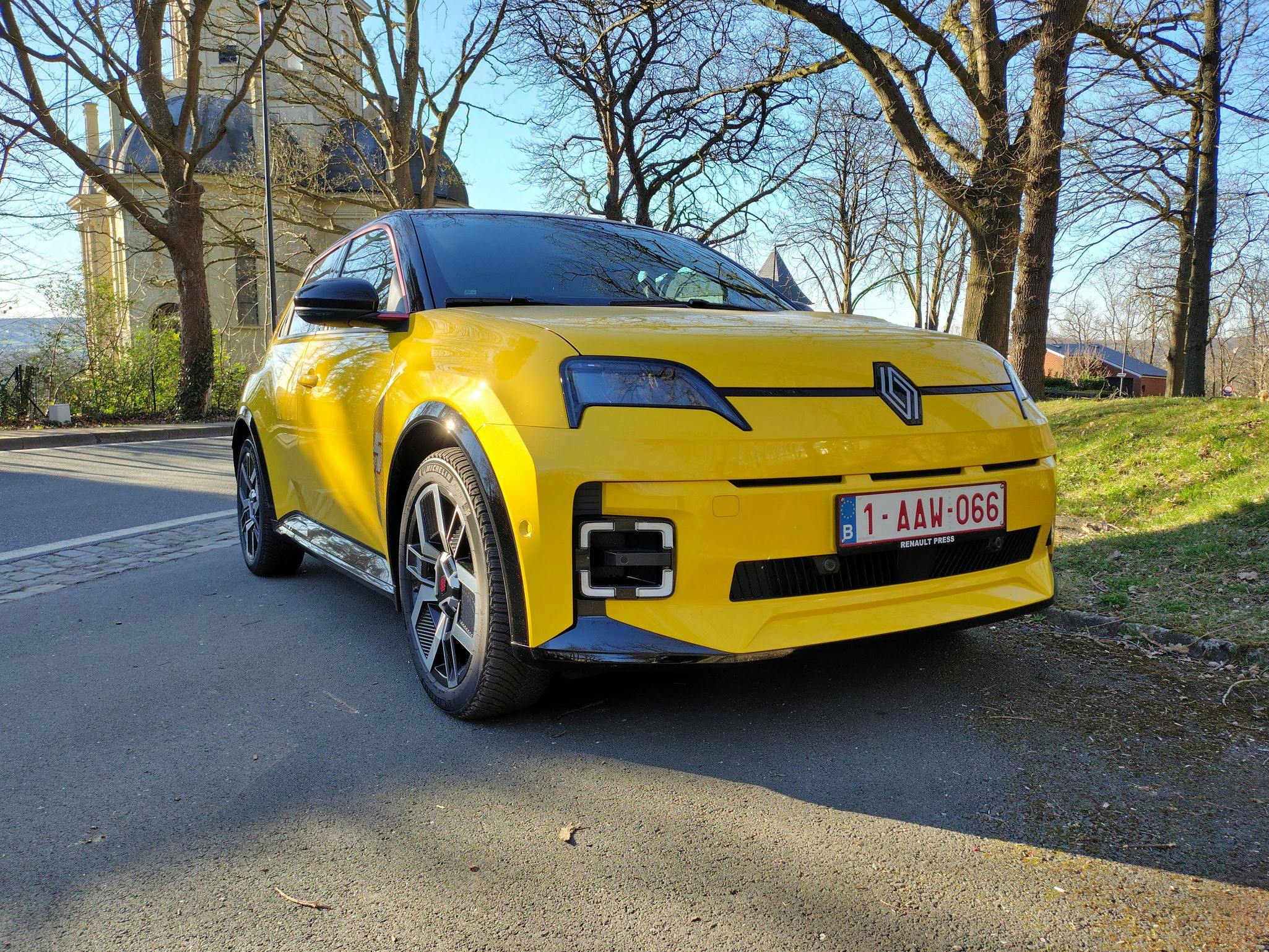
Small, but...
Aboard, the ambiance is remarkable! The Iconic Five finishing touches are particularly striking, especially the seats which bring back memories of those in the legendary R5 Turbo. Two 10-inch rectangular curved displays sit gracefully on top of a dashboard styled with a '70s vibe. Notable among these nods to history is a motif resembling the front grille of an older Renault 5, placed over the center console where you'll find both a wireless smartphone charger and USB-C ports, alongside what some still refer to as a cigar lighter socket. Manual gear shifts aren't part of this model; instead, the R-N-D shift lever resides to the right behind the steering column. After your journey concludes, simply press the power-off button located below the dual-screen setup rather than using a traditional parking brake mechanism labeled ‘P’. Above the windscreen washer switches lies another control stick dedicated to operating the gears, positioned further down from settings related to entertainment systems. This means more tasks fall onto the driver’s dominant side during operation. Additionally, various function keys decorate the steering wheel itself—including one marked “Multi Sense,” situated towards the outside edge, designed specifically for selecting different driving modes such as Eco Mode, capping speeds at 115 kilometers per hour despite potential capabilities reaching upwards of 150 kilometers per hour.
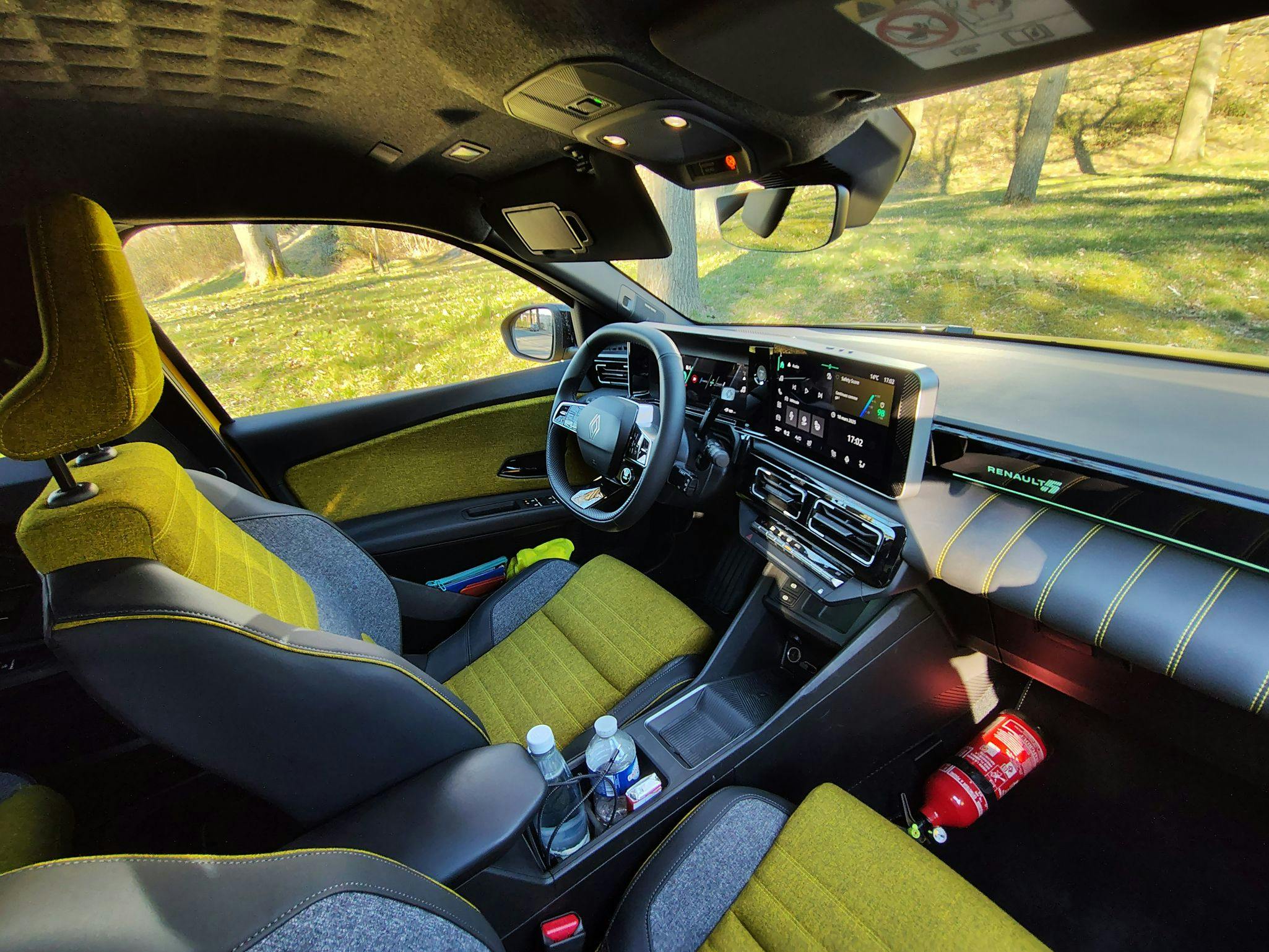
Between Winter and Spring
Having used electric vehicles extensively, I am well aware of the constraints posed by compact batteries, regardless of their promising WLTP ranges. These models may be cheerful, sociable, and energetic within urban settings; however, they frequently falter on highways. Thus, I eagerly anticipate subjecting the R5 model to highway trials. Given that early mornings and daytimes remain chilly during the initial days of the test period adds an extra layer. Fortunately, my Iconic Five variant includes a built-in heat pump, eliminating concerns over limited AC usage. Ideally, this vehicle’s 52-kWh capacity ought to support up to 410 kilometers according to official figures. Yet reality paints a different picture—the onboard system swiftly adjusts expectations down to approximately 330 kilometers. When faced with high-speed roads, one realizes that come wintertime, expect stops every ninety minutes once you’ve traveled nearly two hundred kilometers due to depleting charge levels below ten percent. By the conclusion of several trial runs, warmer weather signals better conditions ahead. Interestingly enough, the car exhibits improved efficiency as temperatures rise. Consequently, during such optimal circumstances, reliable operation extends coverage out to roughly 280 kilometers per full recharge on motorways—equating to almost two continuous hours without needing respite.
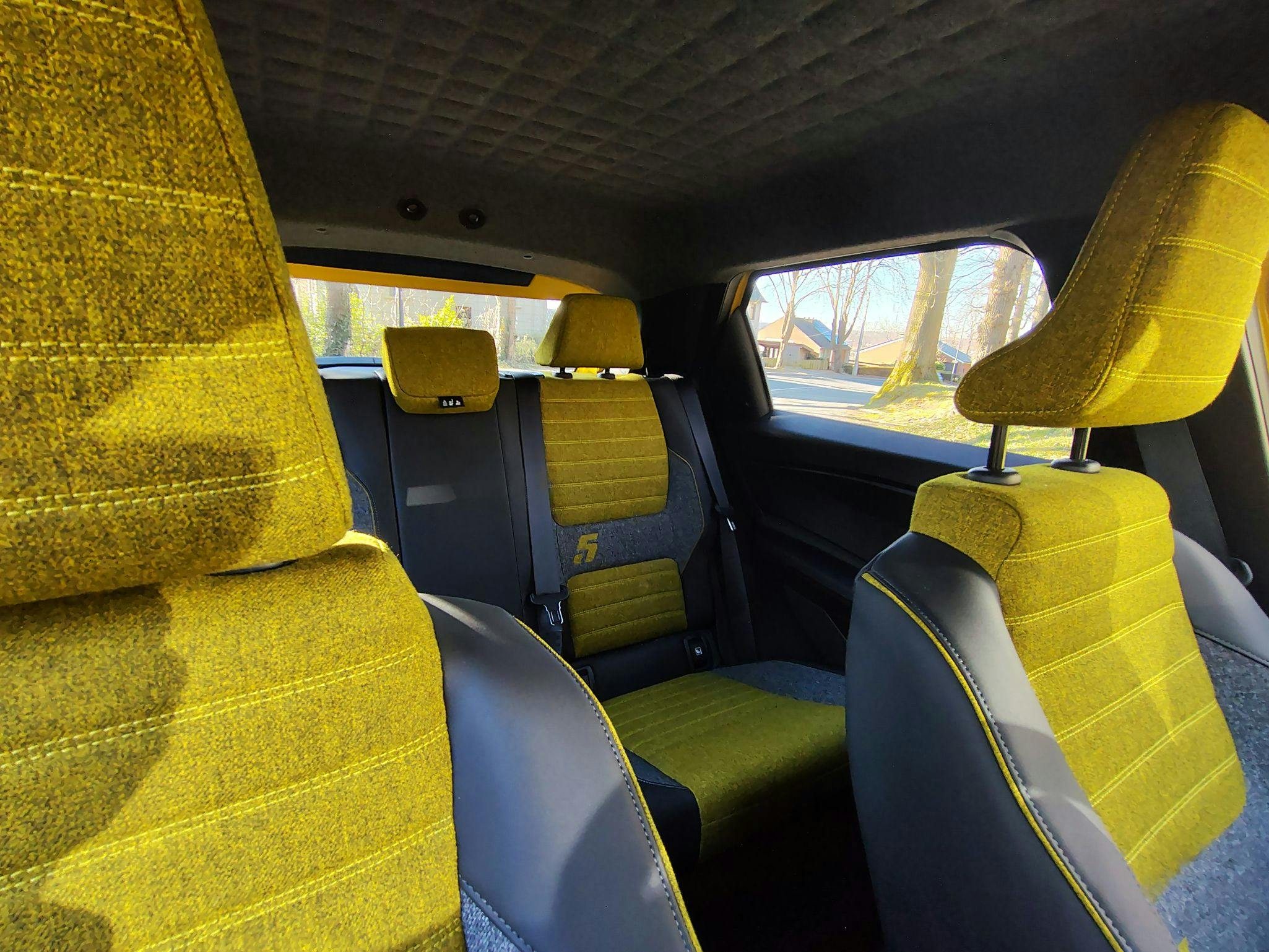
The Time to Live
At 100 kW, the DC fast-charging capability tops off at around 40 kW unless temperatures drop below freezing. At 15°C, we achieved about 70 kW during initial charges. Consequently, stopping for roughly 30 to 45 minutes might be necessary to achieve an 80-85% state-of-charge before hitting the highway again. Patience becomes key here. Renault included a thoughtful touch—a five-dot emblem on the hood serving as a charging status indicator. While waiting near the charger under sunny skies, you can keep tabs on the progress from a nearby bench without needing to constantly check inside the vehicle; I find this quite convenient! During trips exceeding 100 kilometers—especially when maintaining speeds between 90 and 120 km/h—we observed energy usage averaging over 20 kWh per hundred kilometers. Slower travel conditions reduce electricity use significantly thanks partly due to smaller 18-inch tires fitted with winter rubber, bringing consumption closer to 16 kWh per hundred kilometers within city limits. This makes it unsuitable for extensive daily commutes but still manageable for occasional excursions beyond metropolitan areas. Storage capacity remains modest owing to its compact size, offering just 326 liters behind the rear seatbacks. Folding them yields additional room totaling 1,106 liters though. One minor inconvenience noted was lack of dedicated cable stowage spots alongside the optional Harman Kardon sound system installation in our test unit. Additionally, those opting for connectivity features will notice wires cluttering shared spaces. Similarly, tools meant for linking external devices convert the R5 effectively into a large mobile power source, taking away further internal storage options.
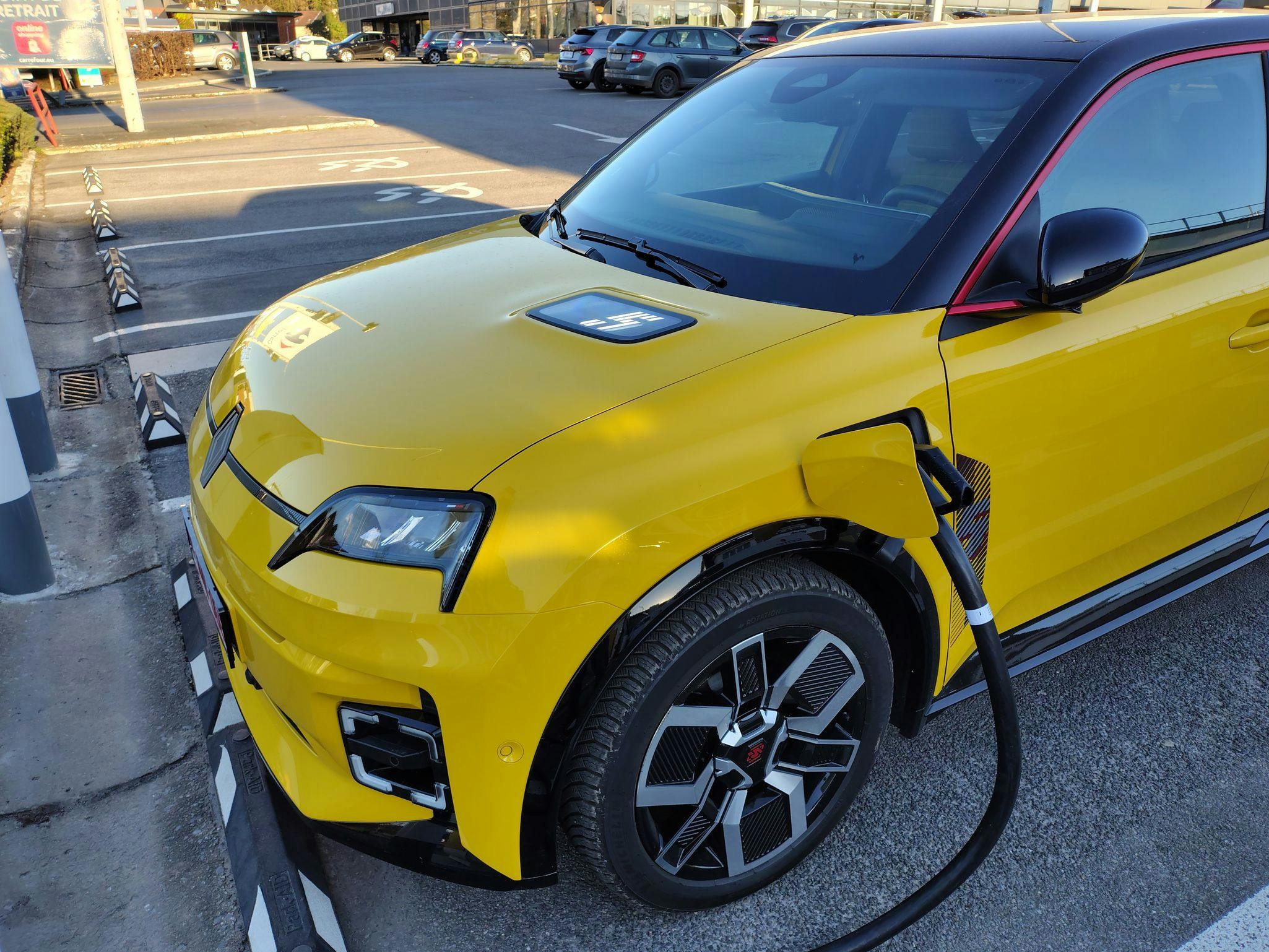
Alive
The highlight is undoubtedly driving the R5. Kudos to Renault for crafting such an agile and responsive electric vehicle. This compact car handles roads with ease, whether cruising on highways or navigating through curves, spreading joy among those aboard. Its braking system works well, guiding the rear smoothly into turns with finesse. These capabilities shone particularly during our climb and descent along the Citadelle de Namur for photography purposes. Naturally, due to its heft, substantial dampening was necessary, leading to firmer suspension settings. On a short section of the gently rolling Brussels Ring, the car exhibited some oscillations momentarily, but these quickly subsided. Despite minor discomforts encountered previously, the Renault 5 E-Tech deserves praise for maintaining decent ride quality overall. With sleek, robust styling that exudes elegance simultaneously, it accelerates briskly yet not harshly from zero to 100 km/h in just eight seconds. Four lightly packed adults traveling together could enjoy this swift take-off effortlessly. Upfront, luxury abounds; however, legroom becomes limited toward the rear seats—especially challenging should someone as tall as General de Gaulle sit upfront.
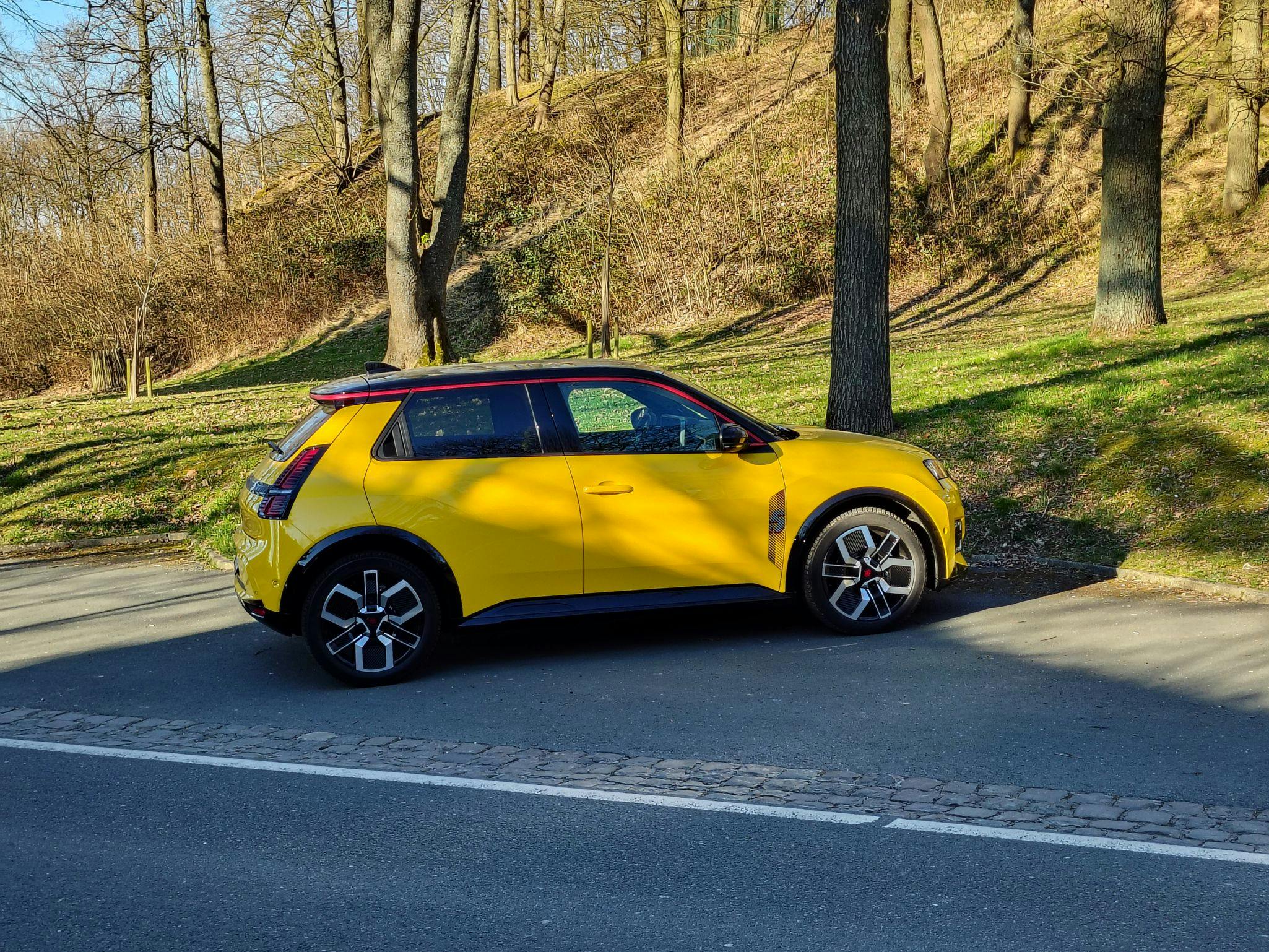
The prices
The attractive French-made car featuring 150 horsepower retails for approximately €32,900 in Belgium. Meanwhile, the model with 120 horsepower and a 40 kWh battery begins at around €27,900 in Belgium. For instance, when fully loaded with optional features, the Renault 5 E-Tech Iconic Five being reviewed comes to €34,900. Its price tag stands at €35,590 in France. Additionally, in Switzerland, the same 'Iconic Five' configuration as shown would set you back about CHF 36,000. Despite some constraints inherent to an electric urban vehicle, this particular Renault 5 E-Tech variant boasting 150 horsepower along with a 52 kWh battery remains well-suited for everyday activities without needing frequent charging sessions (capable up to 11 kW). It also allows occasional trips and towing duties involving light trailers weighing up to 600 kg.
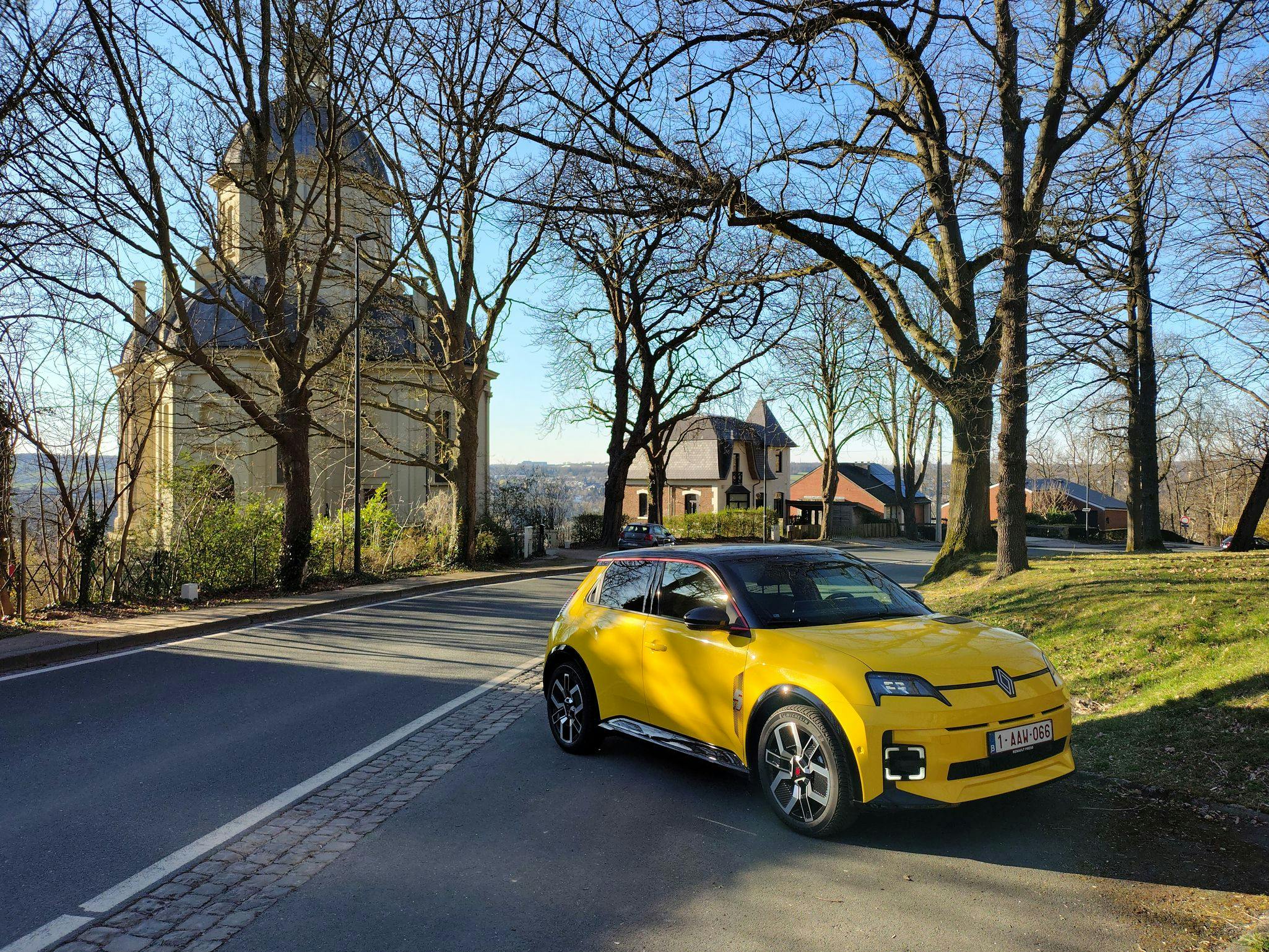
(MH with Duquesne – Source: Renault – Images: © Olivier Duquesne)
.png)